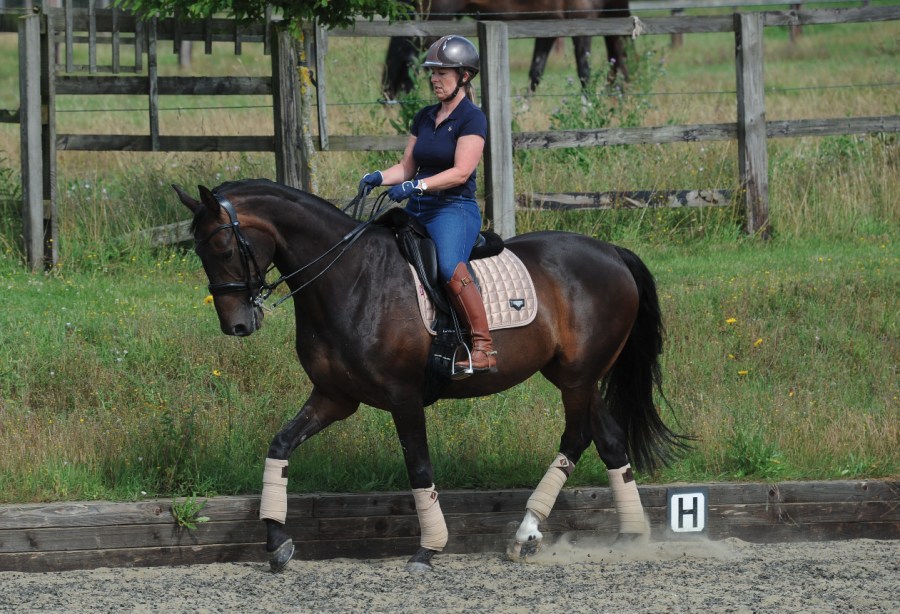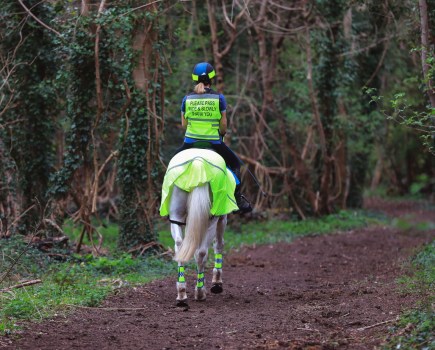A new study has suggested riders should focus on balance, coordination and strength rather than enforcing straightness in training.
The review explored literature on motor and sensory laterality in horses and found that enforcing straightness could be stressful and counterproductive for the horse. The authors suggested such training could cause imbalance, making the horse tense and uncooperative.
The researchers said for this reason riders need to rethink the way they approach straightness.
“For centuries, straightening a horse has been considered a key element in achieving its responsiveness and suppleness and has been a traditional goal in training,” they said. “However, body asymmetry (natural crookedness), motor laterality (the preference for limbs on one side) and sensory laterality (the preference for sensory organs on one side) are naturally occurring phenomena.
“In humans, the forced correction of these imbalances, for example, forcing left-handed children to write with their right hands, has been shown to lead to psychological imbalance. In view of this, lateral asymmetries in horses should be accepted, and training should focus on psychological and physical balance, coordination and equal strength on both sides, instead of enforcing ‘straightness’.”
They added that body asymmetry has been shown to have little impact on performance.
“If the horse is truly balanced and moves its hindquarters under its balance point, it will be straight, but if it is simply straight, it is not necessarily truly balanced,” they said.
“Considering the goal of a relaxed and responsive horse, training that focuses on the longitudinal balance, as well as the lateral balance, should be applied while accepting the horse’s natural laterality.”
The review was published on 16 April in the journal Animals.









